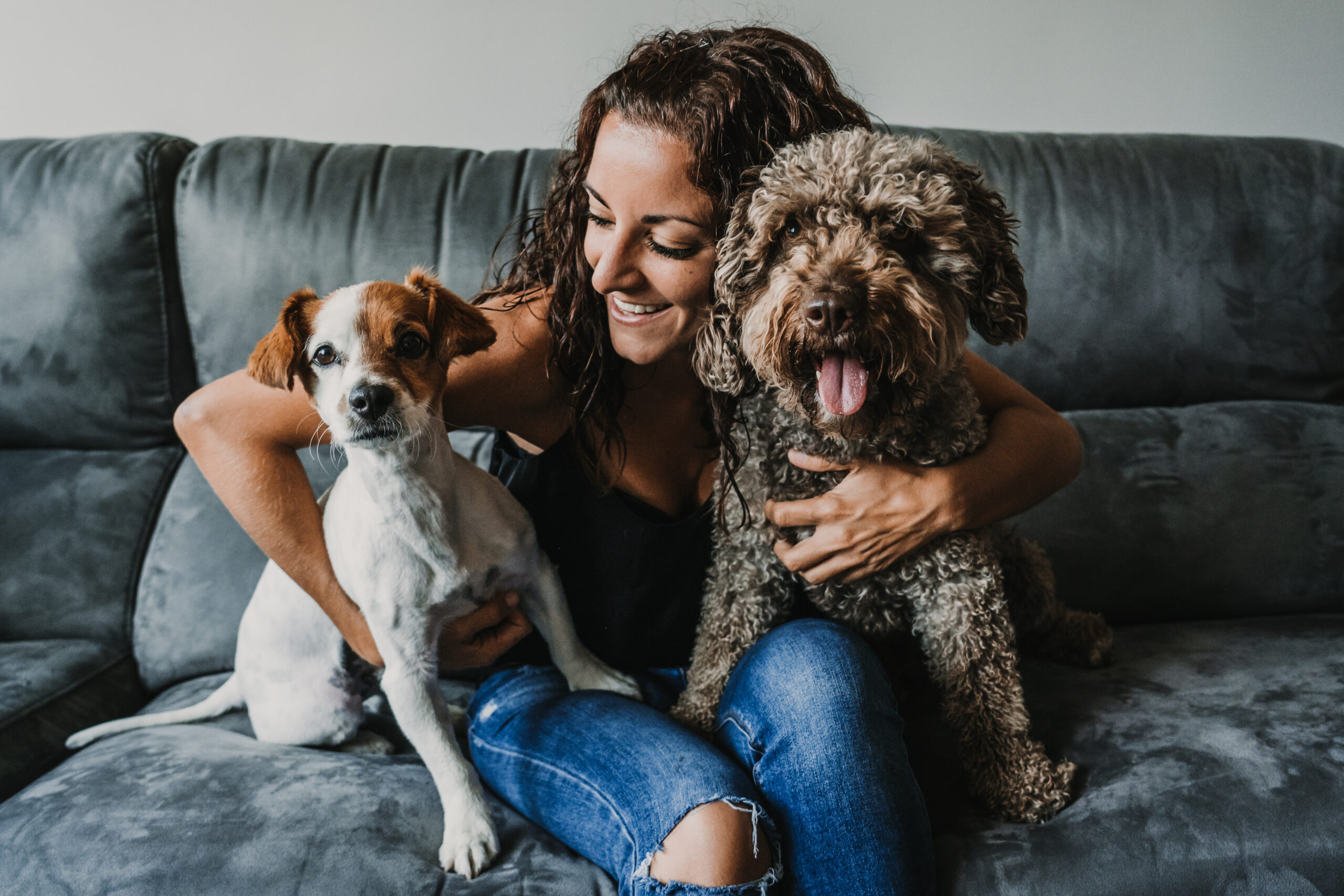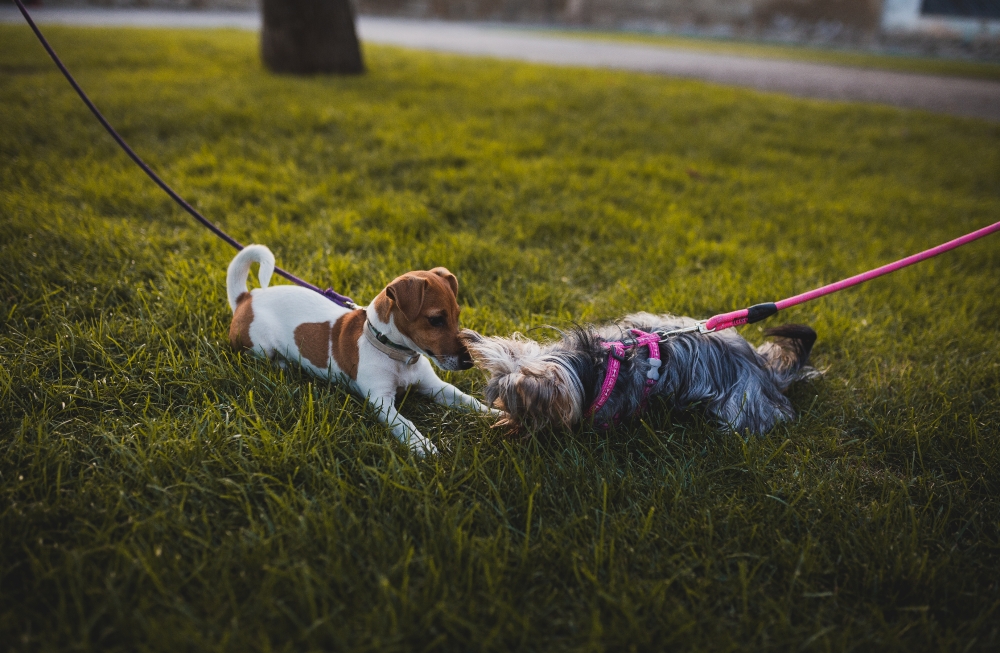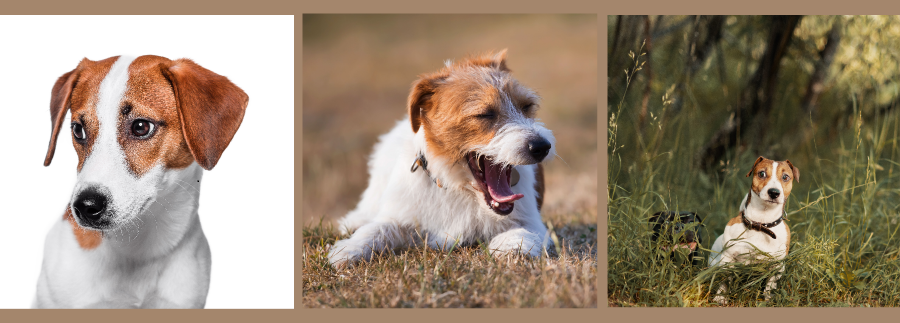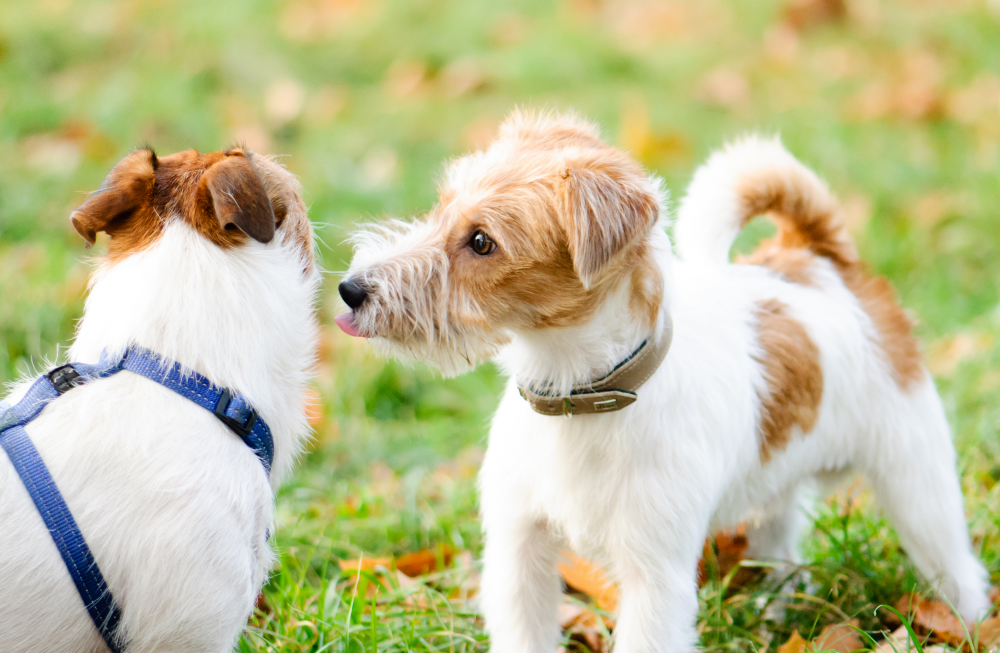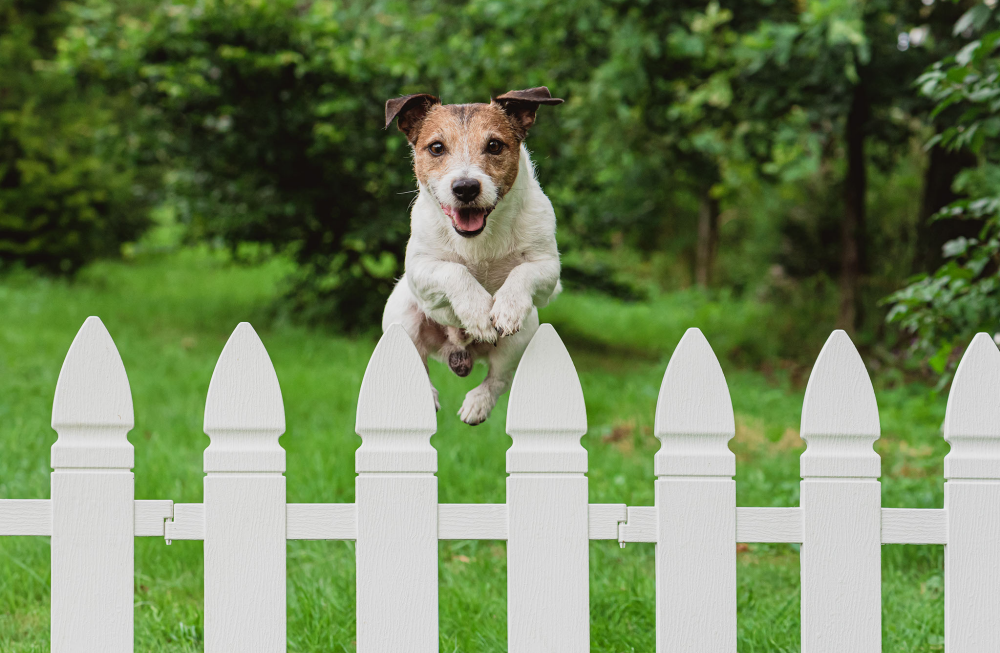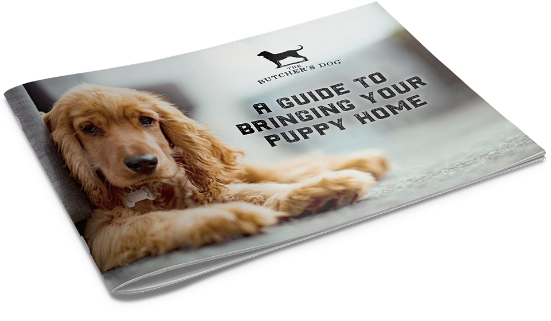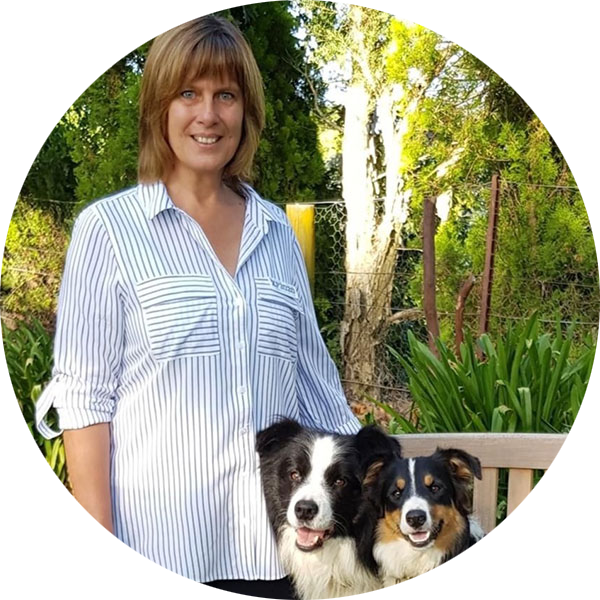How to introduce a new dog
Where? How?
Introduce the dogs to one another off-territory (not at home), at a location where there is a reasonable level of other people and on-lead dog activity, and a large amount of space.
Have the two dogs at the location separate from one another for at least 20 minutes before attempting the introduction – aim to identify each dog’s current base-line emotional state in this environment (see Dog Communication below). If either dog is highly stressed in the chosen environment, abort the introduction and re-think a more comfortable environment for both dogs.
- Both dogs will be on-lead. Inspect all equipment such as leads, collars, harnesses to ensure they are in good working order and well-fitted so they cannot be pulled off the dog.
- Existing family dog is handled by its favourite person; new dog is handled by another family member or a dog trainer.
- Start at a distance of approximately 30-40 metres and aim to walk beside one another – avoid walking directly at each other.
- Avoid tight leads. Either, or both dogs, might need to be turned away from the other if they display over-excitement or discomfort (see Dog Communication below).
- Ensure “happy voice” is being used by both handlers to convey to the dogs that the situation is relaxed and comfortable for their people, even if the dogs are feeling uneasy. Scolding or growling voices are at risk of the dogs associating the agro to each other; that would not be a good start.
Dog Communication
Look for it! Signs of stress in dogs include:
- Licking lips or nose
- Yawning
- Hiding behind person
- Tail tucked
- Ears back
- Flushed inside of ears
- Whale eyes (whites)
- Panting
- Taking food treats roughly
- Leaning away or trying to move away
- Excessive attention seeking
- Standing tall, on tippy-toes
- Hyper-vigilance
- Not wanting food treats that are normally highly desired
It would be unusual for none of these signals to be seen in this situation. Observe the intensity and frequency of the stress signals/behaviours, from the baseline observed before the other dog arrived.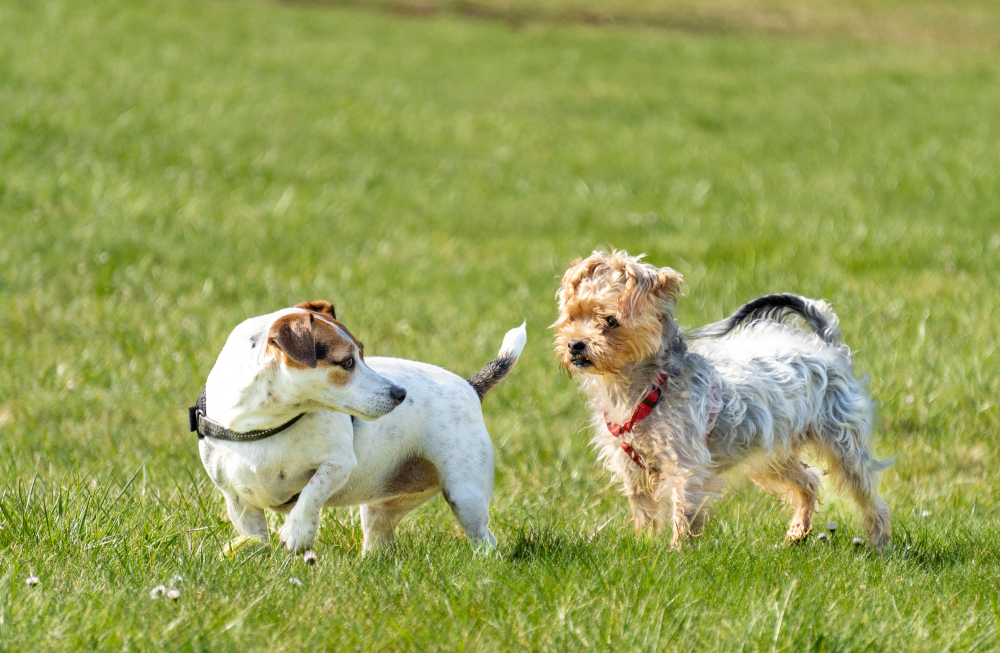
Canine Social Competence
A socially-competent dog will respond to signs of stress in another dog, by attempting to reduce or remove the social pressure. Many signs of stress in dogs, double as “calming signals”, including yawning, lip-licking and looking away.
Additionally, the socially-competent dog will display relaxed body language, reduced focus on the stressed dog by sniffing the ground or being distracted by something else in the environment and will ignore emotional outbursts of inappropriate behaviour from the stressed dog (they often seem to look away in embarrassment for the other dog!!)
Socially competent dog behaviour includes:
- Approaching an unfamiliar social being (dog or person) indirectly in a calm and respectful manner.
- The dogs should meander around and gradually approach one another, rather than rushing directly. Handlers of each dog can guide their dogs on-lead to perform this behaviour.
- Looking at the unfamiliar person or dog with soft eyes and then breaking eye contact to remove the social tension.
- When the dog looks at the other dog, the handler should use a happy voice and then use a food treat to turn the dog’s head and eyeline from the other dog, rather than allow him to stare for longer than is comfortable, or worse, hold hard eye-contact.
- Showing some disinterest in the other dog by displaying interest in something else in the environment such as a scent on the ground.
Handlers can achieve this behaviour in both dogs by tossing food treats on the ground for them to sniff out (still at a distance from one another). Aim to toss the food while the dog is looking at the other dog – in the hope that the dog will associate the arrival of food treats with the other dog (because that was the object of attention at the time the food treat arrived).
- Removing oneself from a socially uncomfortable situation, rather than rushing in and making a fool of themselves (so to speak).
Handlers should look for increased frequency of stress signals or attempts at socially incompetent behaviour such as barking, lunging, rushing at the other dog, hard eye-contact or not taking the normally highly-desired food treats; and respond with quickly retreating the dog, whilst continuing using their happy voice. The handler may need to be assertive to insist the dog retreats away from the other dog.
Both dogs must be allowed to maintain distance or move further away if they want to – avoid trying to rush either dog; it will take as long as it takes.
- Head-to-tail is the dog equivalent of our hand-shaking.
If all has progressed well to this point, ensure the head-to-tail is allowed only until one or both dogs stop or move away. Avoid excessive standing around that will start to feel awkward and result in a spat because one or both dogs didn’t know how to politely diffuse the social awkwardness.
Instead, now is the time to go for a walk together. The dogs can enjoy exploring their surroundings in the presence of one another. Ensure that the distance between the two dogs varies – move them a few metres apart to provide a “breather”, before returning to walking closely again.
Avoiding Over-Arousal
Make a list of the existing dog’s favourite things in the world. Life might revolve around favourite toys and games; or perhaps food is the centre of the universe. Picking up the dog lead or car keys might cue hyper-excited, out-of-control behaviour.
A family member returning home might be met with mayhem. In a hyper-excited (over-excited) state, the dog has reduced thinking capacity and will be more likely to react without much thought in the current out-of-emotional-control situation. If the new dog is present in these situations, it might find itself on the receiving end of a redirected or unintentional snap or bite and this could well be the onset of relationship problems between the two.
Ensure that both dogs are managed (use leads, a dog crate, different rooms, child-gates, etc) during times of potential over-stimulation. You won’t necessarily know the triggers for the new dog, of hyper-excitement, so err on the side of caution and assume that anything to do with food, toys/games, going outside, coming inside and anything that over-excites the existing dog, could be potential problems.
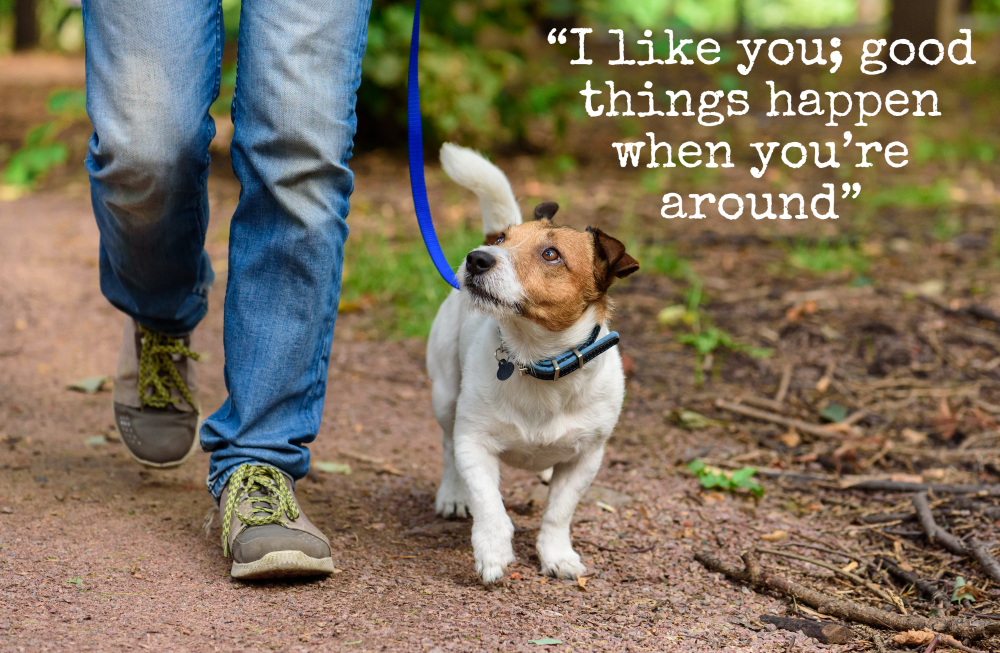
• One dog enters the room – the other dog is praised and petted and maybe even receives a food treat.
• The dogs are fed their meals, food puzzles, food-stuffed toys and bones in one another’s company. Consider securing each dog by lead so that they are unable to intrude on the other.
• Use only happy voices when both dogs are present. In the event of poor behaviour, consequences are most effective; your voice doesn’t need to add drama and intimidation; and risk being associated to the presence of the other dog.
For example: both dogs are in the living room with the family when one dog starts barking at a real or imagined noise. You can mark the behaviour as incorrect with your voice in a neutral tone, “Nup! That’s not acceptable behaviour!” or whatever. You must immediately interrupt the behaviour and remove the dog – the backyard or a crate.
The punishment is loss of freedom and social access; your aggressive voice is not needed. In fact, your scolding voice might be interpreted by the barking dog as you giving your support. Your actions are so much clearer than your aggressive voice.
Introducing a new dog to your family can be highly satisfying and rewarding for all. However, if the presence of the new dog is causing ongoing stress to the family or either dog, the situation is simply not viable.
A qualified dog trainer might be able to help, but in some cases, two individual dogs are never going to be comfortable in each other’s presence for a range of possible reasons.
Quality of life of both dogs and the family is likely to be detrimentally effected and consideration will need to be given to rehoming one of the dogs for everyone’s best welfare.














